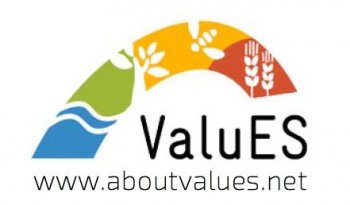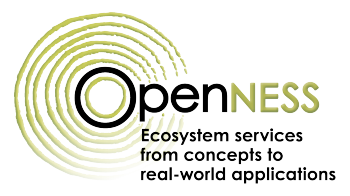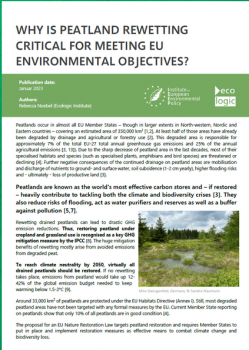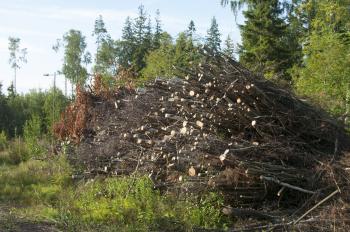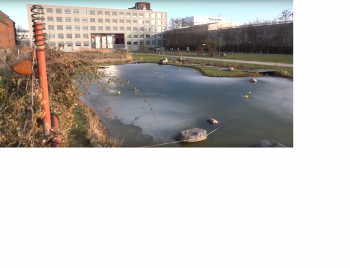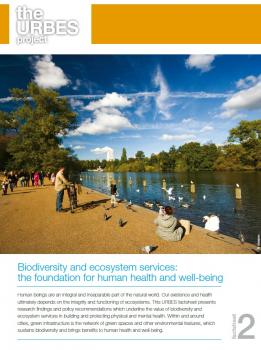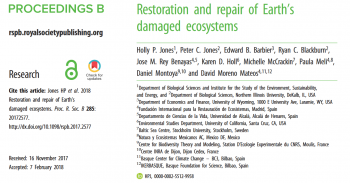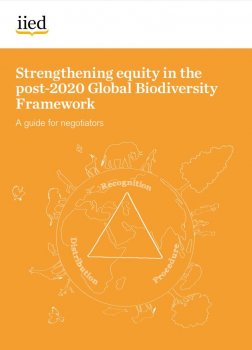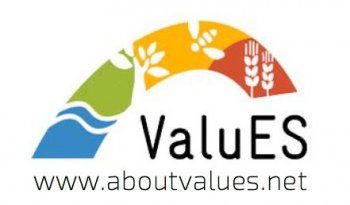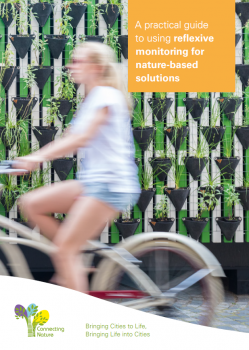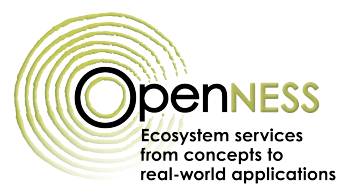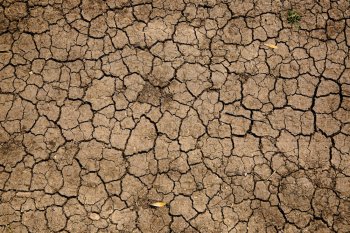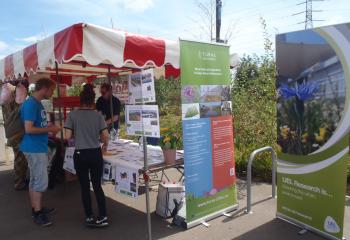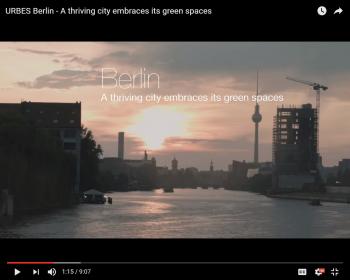Marketplace
GIZ ValuES - Methods Navigator
Ecosystem service assessments should be ‘issue-driven’. They can be done to gain new insights, to make a strong argument, to start a discussion, to help settle a negotiation, to enhance a planning process, or to reach a decision. There are many different methods for doing an assessment. Helping
Preference Assessment Factsheet
reference assessment is a direct and quantitative consultative method for analyzing perceptions, knowledge and associated value of ecosystem services demand or use (or even social motivations for maintaining the service) without using economic metrics. It could also be used to understand which
Conexus Life-Lab factsheet series - Towards a green infrastructure system for Santiago de Chile
The pilot Santiago+ Green infrastructure (Stgo+) Plan started in 2018 led by the University of Chile, the Regional Ministerial Secretariat of Housing and other strategic partners. Through a broad participatory process, a plan is created which synthesizes ideas and initiatives into a vision to
Why is Peatland Rewetting Critical for Meeting EU Environmental Objectives?
The EU Commission published its proposal for a new Nature Restoration Regulation in June 2022. In this context, Ecologic Institute and IEEP – as part of the Think Sustainable Europe network – published a series of thematic policy briefs to inform Members of the European Parliament and other
Policy Brief: EU bioenergy policies at the crossroad
The policy brief summarizes policy messages on bioenergy production in the EU
Az esővízhasznosítás és szürkevíz újrahasznosítás lehetőségei a klímaváltozás hatásainak csökkentésében
A klímaváltozás okozta hidrogeológiai kockázatok miatt az európai városok egyre gyakrabban szembesülnek a kapcsolódó problémákkal, akár hirtelen áradások vagy éppen a vízhiány képében. A Körforgásos Városi Vízgazdálkodás projekt (CWC) célja hogy segítse a városokat az elavult városi infrastruktúra
Editorial Article on Human-Nature Interactions: Perspectives on Conceptual and Methodological Issues
Frontiers in Psychology editorial article. Publication Date: 19 Nov 2020 Author(s): Tadhg E. MacIntyre, Juergen Beckmann, Giovanna Calogiuri, Aoife A. Donnell, Marc V. Jones, Christopher R. Madan, Mike Rogerson, Noel E. Brick, Mark Nieuwenhuijsen and Christopher James Gidlow
The URBES Project
The URBES project bridges the knowledge gap on the role of urban biodiversity and ecosystem services for human well-being. It further aims to inform urban management and decision-makers on how to best integrate the natural environment and human needs. The URBES partnership of academic institutions
Biodiversity and ecosystem services: the foundation for human health and well-being - URBES Factsheet #2
Human beings are an integral and inseparable part of the natural world. Our existence and health ultimately depends on the integrity and functioning of ecosystems. This URBES factsheet presents research findings and policy recommendations which underline the value of biodiversity and ecosystem
STREAMLINE
STREAMLINE is a new format for semi-structured, one-on-one interviews. In its current form STREAMLINE consists of a set of colorful, laminated A3 canvasses. Set in the future, each canvas invites the interviewee to set out their vision on a particular topic through a series of questions and tiles.
Restoration and repair of Earth's damaged ecosystems
Given that few ecosystems on the Earth have been unaffected by humans, restoring them holds great promise for stemming the biodiversity crisis and ensuring ecosystem services are provided to humanity. Nonetheless, few studies have documented the recovery of ecosystems globally or the rates at which
Strengthening equity in the post-2020 Global Biodiversity Framework: a guide for negotiators
The post-2020 Global Biodiversity Framework (GBF) will be a major milestone in global agreements on biodiversity conservation, setting international ambition for the next decade. This guide is intended to support Parties to the Convention on Biological Diversity (CBD) who wish to see strengthened
GIZ ValuES - Report on Indicators for Managing Ecosystem Services - Options & Examples
This report gives guidance for seeking information that supports the integration of ecosystem services into policy and public management. We present for each ecosystem service a succinct selection of literature and further sources, which describe example indicators for approximating its (bio-
A practical guide to using reflexive monitoring for nature-based solutions (+ready-to-use materials)
Throughout the Connecting Nature guidebook 'A practical guide to using reflexive monitoring for nature-based Solutions', at the end of every chapter, a list of ready-to-use materials is supplied. These materials include exercise templates, presentations or question lists, in PowerPoint,
Implementation of the NbS Framework in Fast Follower Cities
This Deliverable details the implementation of the Connecting Nature Framework in the Fast Follower Cities. Generally speaking, the cities have highlighted that the Connecting Nature Framework report and the narrative are useful tools for internal use, as a mechanism to share information on nature-
MEZŐGAZDASÁG: Talaj = Élet
Az intenzív gazdálkodás miatt a világ termőtalajainak jelentős hányada leromlott állapotban van vagy már véglegesen meg is semmisült. Ennek oka a talajok szervesanyag-tartalmának csökkenése, az ebből következő szerkezetromlás, tömörödés és az erózió, illetve a savanyodás, a szikesedés vagy éppen a
OpenNESS Synthesis paper: Sustainable ecosystem management
Sustainable Ecosystem Management (SEM) is one of the 'four challenges' for ecosystem services (ES) addressed by OpenNESS; the others relate to human well-being, competitiveness and governance. The challenge is to manage ecosystems in such a way that they can sustainably deliver an optimal
URBAN GreenUP Climate Change Challenge Catalogue
This report provides a useful tool for the standardisation of a method to identify and evaluate cities in respect of several societal city challenges. Such a tool will allow practitioners to be able to examine these challenges in a simple way with accurate information about how these challenges
CIC! - Guidelines for setting up a non-profit resident-run enterprise for managing community assets
Guidelines for setting up a non-profit resident-run enterprise for managing community assets, applying an adaptive PPP approach.
Berlin - A thriving city embraces its green spaces (URBES video)
Berlin is one of the greenest cities in Europe, with more than 2,500 public green spaces, parks and gardens. These areas provide a home for natural diversity and a high quality of life for citizens. Over the next 15 years, the German capital is expected to grow by more than a quarter of a million
- ‹ previous
- 17 of 45
- next ›

